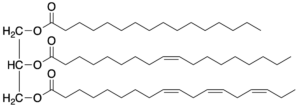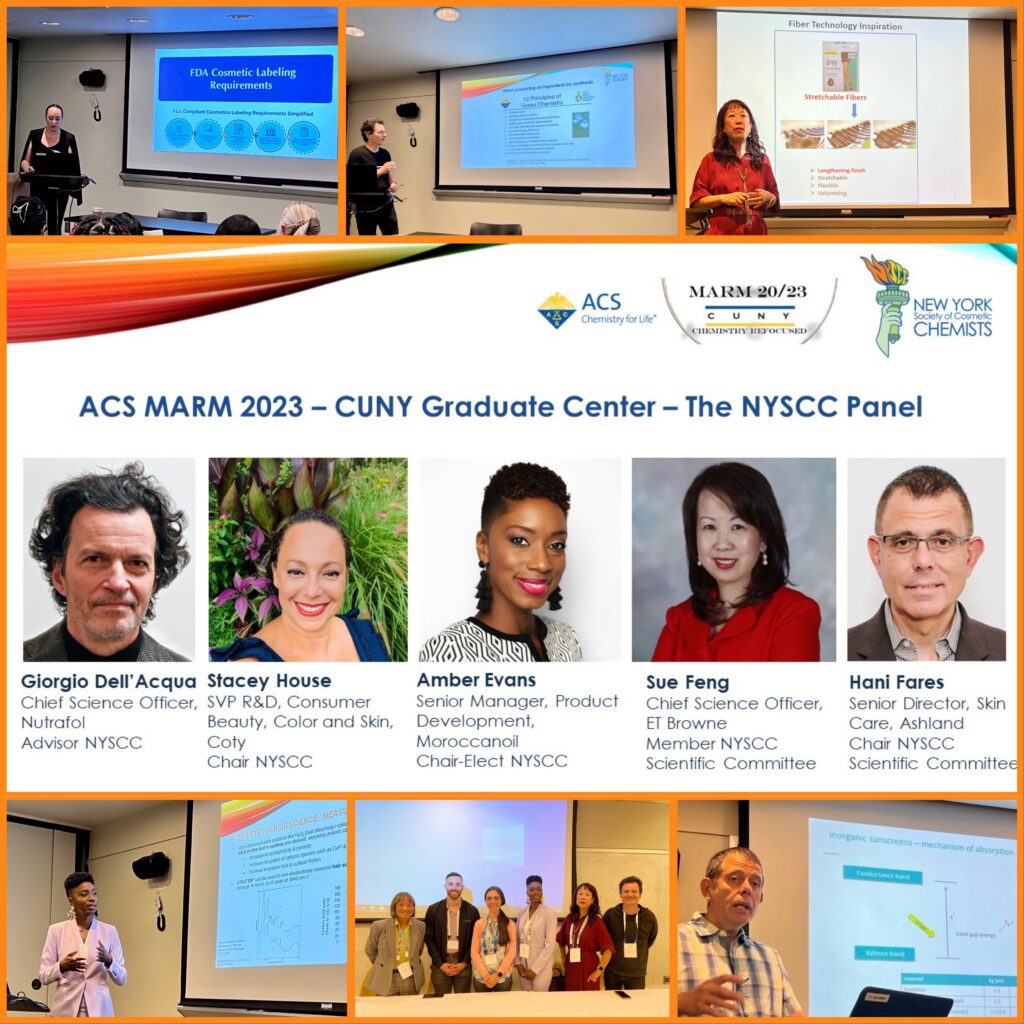Click to read the article on HAPPI.com
An Exciting Year Planned for the NYSCC
As the chair of the New York Chapter, Dr. Amber Evans understands the important role the Society of Cosmetic Chemists plays in a successful career.
Article by Tom Branna, Chief Content Officer
As a graduate student in the UC cosmetic science program, she became a student member of the SCC Ohio Valley Chapter in 2007. Even at that early career stage, Evans realized it was beneficial to get involved in her local chapter’s activities.
“I attended the meetings and presented at the Student Night events. It was a nice chance to gain experience communicating my research and to network with professionals in the field,” Evans recalled.
At the national level, Evans took advantage of opportunities to present her research during student poster sessions, where she won awards at two SCC annual meetings.
“It was nice to share my work with SCC members outside of my immediate network. They gave me constructive feedback and I gained insight into how I fit in the industry,” said Evans. “I remember thinking, ‘Wow, my work is being received as relevant and impactful to the industry.’”
Her PhD dissertation focused on how environmental factors such as water hardness affect hair. Her research led to better understanding of hair and how to formulate products to mitigate those effects. Following graduation and an exploratory career stint in property management, Evans joined BASF and became an active member of the New York Chapter of the SCC.

2024 NYSCC Chair Amber O. Evans, PhD
In 2017, she chaired the very successful, “Innovation in Textured Hair Care” one-day symposium. Most recently, she co-chaired the “Hair Care and Wellness” program. Evans has also served on the NYSCC Scientific Committee for three years. Along the way, she has participated in cosmetic career panels at multiple universities and events both with the NYSCC and through the American Chemical Society (ACS). These experiences helped influence her agenda as Chapter Chair.
“With a personal history of influence through cosmetic industry service and representation, I viewed Chapter Chair as an appealing leadership opportunity to deliver further impact with an amazing team of professionals that share the same passion for the cosmetic/personal care industry.“
Inspire. Innovate. Celebrate.
As a member of the Society for more than 15 years, Evans fully understands the positive impact that the SCC has on a cosmetic professional’s career—from learning and networking at chapter and national events to continuing education programs to publishing opportunities in the Journal of Cosmetic Science.
Now, as NYSCC Chair, Evans aims to elevate the membership experience while advancing the Chapter’s mission of focusing on education. Shaped by Evans’ appreciation for all sciences, passion for cosmetic science and admiration for the Chapter, the NYSCC theme for 2024 is: “Inspire. Innovate. Celebrate.”
Evans wants to draw inspiration from other STEM fields and adjacent industries to help facilitate thoughts around technological advancement in cosmetics. As someone who has developed both cosmetic ingredients and finished products, she values the power of cross-fertilization, “out-of-the-box” thinking, open-mindedness and creativity in delivering innovation.
“We can leverage insights from other scientific fields like zoology, for example. Some scientists have made progress in developing cosmetic ingredient technologies inspired by animal physiology and behavior. Perhaps solutions to some of the challenges in cosmetics exist in other completely different industries. That is the beauty of science.”
Highlighting insights and perspectives from all sources to inspire new possibilities in cosmetics will be key in upcoming educational programming. NYSCC will continue to offer high quality thought-provoking scientific sessions on major market segments like skin care and hair care. New for 2024 is programming devoted to relevant topics such as oral care, beauty supplements and pet care/grooming. The event calendar is available on the NYSCC website.
In 2024, the New York Chapter celebrates its 70th anniversary. Evans is determined to celebrate the chapter’s milestone, as well as the advancements of the cosmetics industry and the people who make those advancements happen. While there will be a special event for members to reflect on the Chapter’s legacy and fellowship, Evans looks forward to offering more options for members to connect with each other.
“We’re creating opportunities for more social interactions. Our members appreciate their ties to the Chapter, and there is value in connecting with one another in more relaxed settings. These opportunities will help to increase engagement and networking, and expand chapter diversity,” Evans said. “Popular events like the annual golf outing will continue, but adding additional social events such as a creative paint night or seafood boil could appeal to existing and potential members.”
At the same time, the Chapter will continue to empower students through its scholarships and Future Chemists Workshop, which is slated for expansion, and Evans is introducing an outreach committee to lead efforts in continuing to expose students to careers in cosmetics as well as executing new service and charitable initiatives. Several other value-adding endeavors are planned.
Evans is optimistic about 2024 and is excited to work with the executive board, volunteers, and partners to deliver a memorable and rewarding experience.
NYSCC Suppliers’ Day 2024
And, of course, the cosmetic industry’s biggest event, NYSCC Suppliers’ Day, will be held May 1 & 2 in New York City.
Suppliers’ Day has grown exponentially through dynamic partnerships with organizations such as Cosmetic Executive Women (CEW), Independent Beauty Association (IBA), the Personal Care Products Council (PCPC), the Association for Contract Packaging & Manufacturing (CPA) and many other related groups. The success of the event can also be attributed to excellence in informative programming and features.
“We are expanding on those partnerships,” asserted Evans. “We all have a shared mission to promote the industry, and advance knowledge in the industry. But since we are all not experts in everything and have access to different demographics, it behooves us to partner with one another for greater impact. Additionally, we are growing our educational and experiential offerings to keep up with the direction of the market.” Presentation abstracts can be submitted here until January 15, 2024.
With a full slate of activities planned for 2024, NYSCC members will have many opportunities to increase their knowledge, advance their careers and have fun along the way.


 About the Author
About the Author

